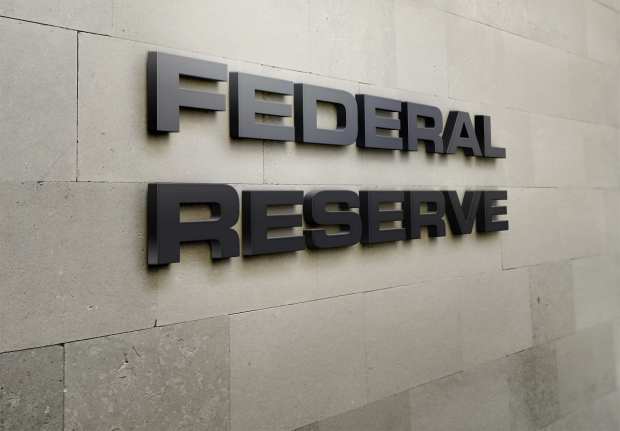Fed Officials Expect Lingering Economic Impact Of Virus

The Federal Reserve Open Market Committee (FOMC) said economic activity in the U.S. appears to have “picked up” in May and June after steep decreases in March and April, according to minutes from its July 28-29 meeting.
Steps to keep the pandemic in check continued to have a “substantial” effect on economic activity domestically and internationally, according to FOMC, which also noted that it appears that real gross domestic product (GDP) measured on a quarterly basis had fallen at a “historically rapid rate” in the second quarter.
“Following sharp declines, economic activity and employment had picked up somewhat in recent months but remained well below levels at the beginning of the year. Weaker demand and significantly lower oil prices were holding down consumer price inflation,” FOMC said in its minutes.
FOMC participants noted that the rebound in consumer spending from a low in April had been especially formidable. Purchases of items like automobiles, other big-ticket items and particularly merchandise sold via eCommerce had “bounced back” significantly more than purchases of services like lodging in hotels, aviation and meals in dining establishments.
FOMC said many participants noted that “the pace of employment gains, which was quite strong in May and June, had likely slowed. The increasing number of virus cases in many parts of the country had led to delays in some business reopenings and to some reclosures as well.”
The economic projection staff prepared for the FOMC meeting in July showed a “marked up” level of real GDP in Q2 in comparison to one for the June meeting.
But FOMC noted that the forecasted rate of recovery in GDP, and the cadence of decreases in the unemployment rate over the latter half of 2020, were forecasted to be “somewhat less robust than in the previous forecast.”
FOMC said the staff’s baseline assumptions were that the limitations on companies and individuals that are in place now, and those that people are adhering to on their own volition, would slowly relax up to 2021. However, the staff noted that a more “pessimistic projection” was just as possible as the baseline forecast.
A less optimistic projection would involve another wave of stringent restrictions on companies and individuals, which was presumed to start later in 2020 and bring about a drop in real GDP, among other effects.
While financial conditions as a whole have become more positive, participants noted that the economy’s trajectory would rely on “the course of the virus.”
On July 29, Federal Reserve Chair Jerome Powell said the path to economic recovery is “extraordinarily uncertain” and will be strongly influenced by the degree to which the nation controls COVID-19, PYMNTS reported.
“Indeed, we have seen some signs in recent weeks that the increase in virus cases and the renewed measures to control it are starting to weigh on economic activity,” Powell said in a press conference at the time.